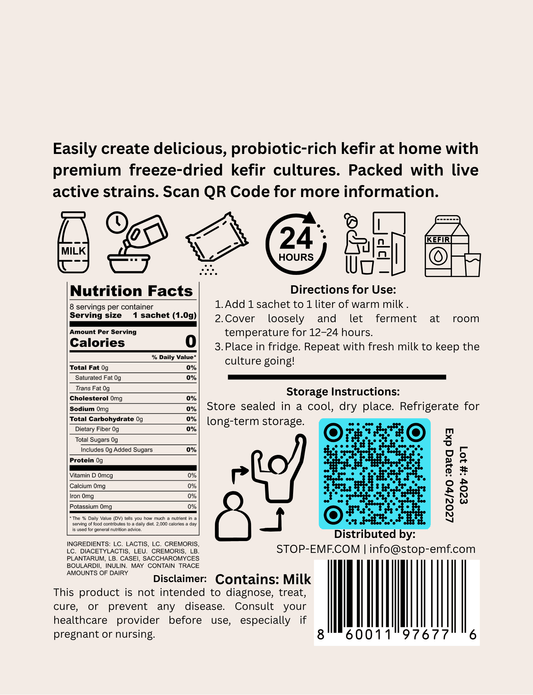In the ever-evolving world of medicine, there are often hidden gems that have been overlooked or forgotten over time. One such remarkable compound is methylene blue, a versatile dye with a rich history and a surprising array of therapeutic applications. As we delve into the fascinating story of methylene blue, we'll uncover its remarkable potential as an anti-viral agent, a discovery that could have profound implications for our future.
The Forgotten History of Methylene Blue
Methylene blue has been around for centuries, with its origins tracing back to the late 19th century. Initially, it was used as a dye in the textile industry, but its true potential was soon recognized by the medical community. In the early 20th century, the U.S. Army began experimenting with methylene blue as a treatment for malaria, a deadly disease that plagued soldiers during wartime.
Remarkably, methylene blue proved to be an effective anti-malarial agent, and its use was quickly adopted by the military. However, as newer and more potent drugs emerged, methylene blue's prominence faded, and it was relegated to the sidelines of modern medicine.
The Rediscovery of Methylene Blue's Anti-Viral Properties
In recent years, a renewed interest in methylene blue has emerged, and for good reason. Researchers have discovered that this humble dye possesses remarkable anti-viral properties, making it a potential game-changer in the fight against various viral infections.
One of the most exciting discoveries is methylene blue's ability to inhibit the replication of the SARS-CoV-2 virus, the causative agent of COVID-19. Studies have shown that methylene blue can effectively disrupt the virus's ability to enter and infect human cells, potentially offering a new therapeutic approach to this global pandemic.
But the benefits of methylene blue don't stop there. Researchers have also found that it can be effective against other viruses, including influenza, Zika, and even HIV. This versatility makes methylene blue a promising candidate for a broad-spectrum anti-viral treatment, one that could potentially be used to combat a wide range of viral infections.
The Future of Methylene Blue in Medicine
As the world continues to grapple with the challenges posed by emerging and re-emerging viral threats, the rediscovery of methylene blue's anti-viral properties offers a glimmer of hope. This inexpensive and readily available compound could potentially be used as a cost-effective and accessible treatment option, particularly in resource-limited settings.
Moreover, the fact that methylene blue has been used safely in humans for decades suggests that it may have a favorable safety profile, making it an attractive candidate for further research and development.
As we move forward, it's clear that the story of methylene blue is far from over. With continued scientific exploration and clinical trials, this forgotten compound may once again take center stage, becoming a powerful weapon in our arsenal against the ever-evolving viral landscape.






